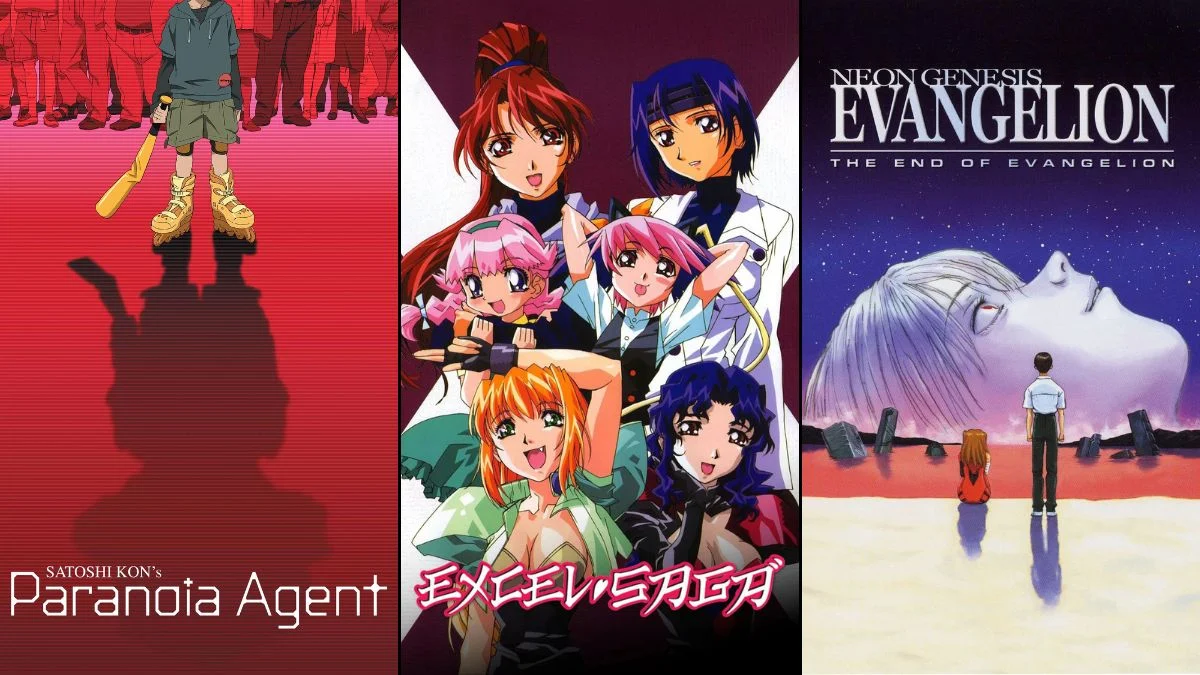
Certain anime prioritize a coherent storyline. Others completely abandon logic, diving headfirst into surreal dreamscapes, wacky comedy, or complex symbolism. This list highlights series and films that bend storytelling conventions, blend genres, and challenge viewers to unravel timelines, characters, and realities long after the ending. It’s a collection of works that aren’t afraid to be unconventional and demand active engagement from the audience. You might find yourself piecing things together for days!
You’ll encounter stories that circle back on themselves, plots told by narrators you can’t fully trust, and images filled with hidden details. Be prepared for editing that jumps around in time, unexpected changes in mood, and ideas borrowed from psychology, philosophy, and online trends. Below, each explanation breaks down what these techniques are, how they function, and why they deliberately move away from traditional storytelling.
‘FLCL’ (2000–2023)
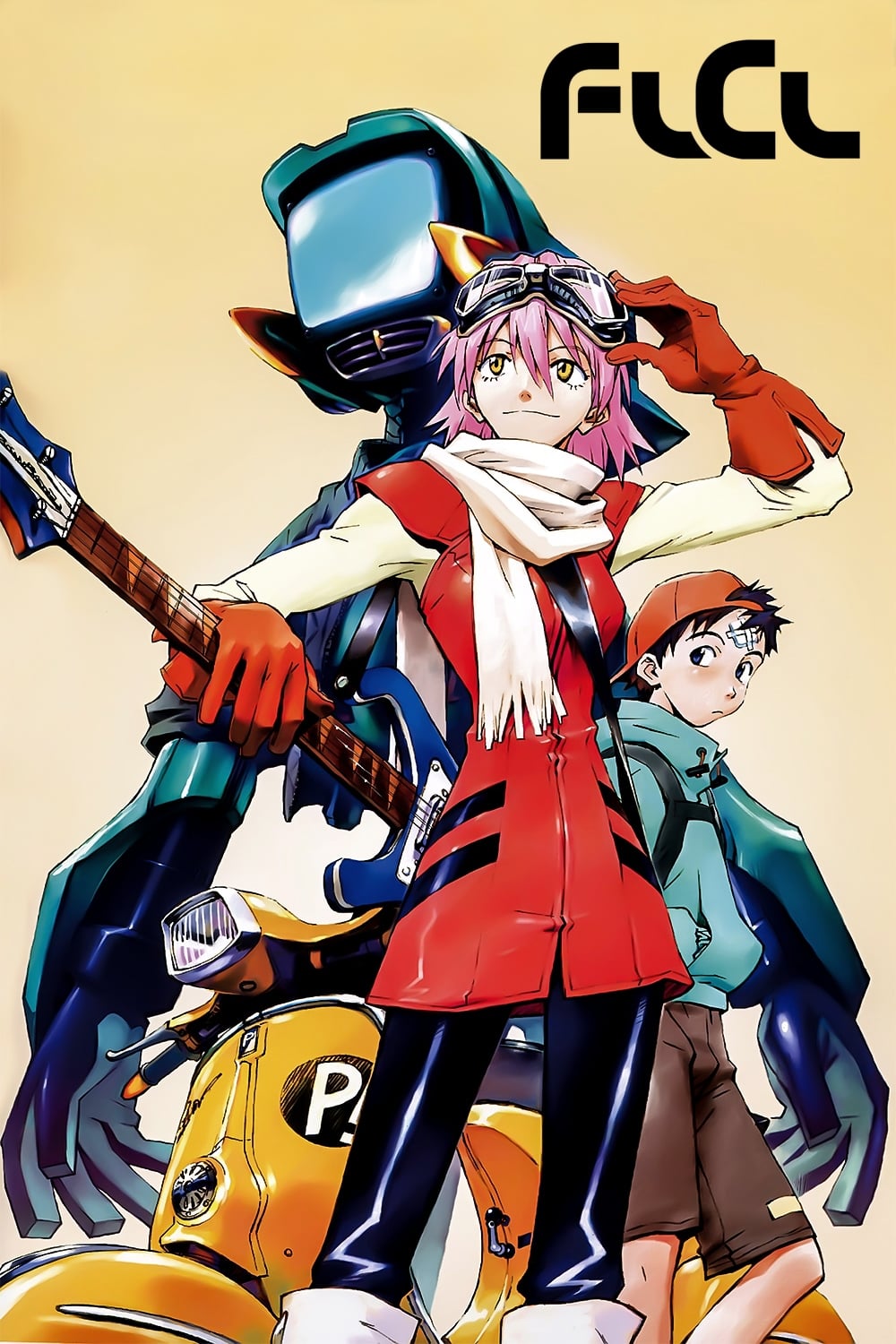
A normally calm sixth-grader experiences a bizarre accident: he’s hit by a Vespa and then struck by an electric bass. This strange event causes robots to burst out of a portal that opens in his forehead! The story mixes the typical challenges of growing up with a fast-paced series of jokes, real-life scenes that interrupt the action, and unexpected changes in animation style. The visuals are constantly shifting – even within the same episode – creating a disorienting but energetic effect.
The storylines in each arc use symbolic representations of growing up, envy, and artistic inspiration, which are shown through large-scale robot battles taking place in a quiet town. Energetic montages, set to music by The Pillows, quickly show characters changing and learning. What you get is more like a collection of recurring ideas and images, instead of a straightforward story with clear connections between events.
‘Serial Experiments Lain’ (1998)

A reserved student starts getting emails from a deceased classmate, which leads to them moving between reality and a massive digital network called the Wired. The show employs subtle conversations, deserted streets, and recurring images of cables and power stations to create a sense of ambiguity, questioning where a person’s awareness stops and the network begins. Complex technical terms relating to network protocols and connections aren’t just technical details; they also represent ideas about who we are. It’s a thought-provoking series.
The show subtly changes things that happened earlier without letting viewers know, and characters occasionally remember events that were never actually shown. The script incorporates real-world organizations and popular stories, making even small details feel both believable and made up. The show creates meaning by repeating images and ideas, which allows for multiple interpretations. This makes it difficult to settle on one definitive understanding of what’s happening.
‘Neon Genesis Evangelion’ (1995–1996)
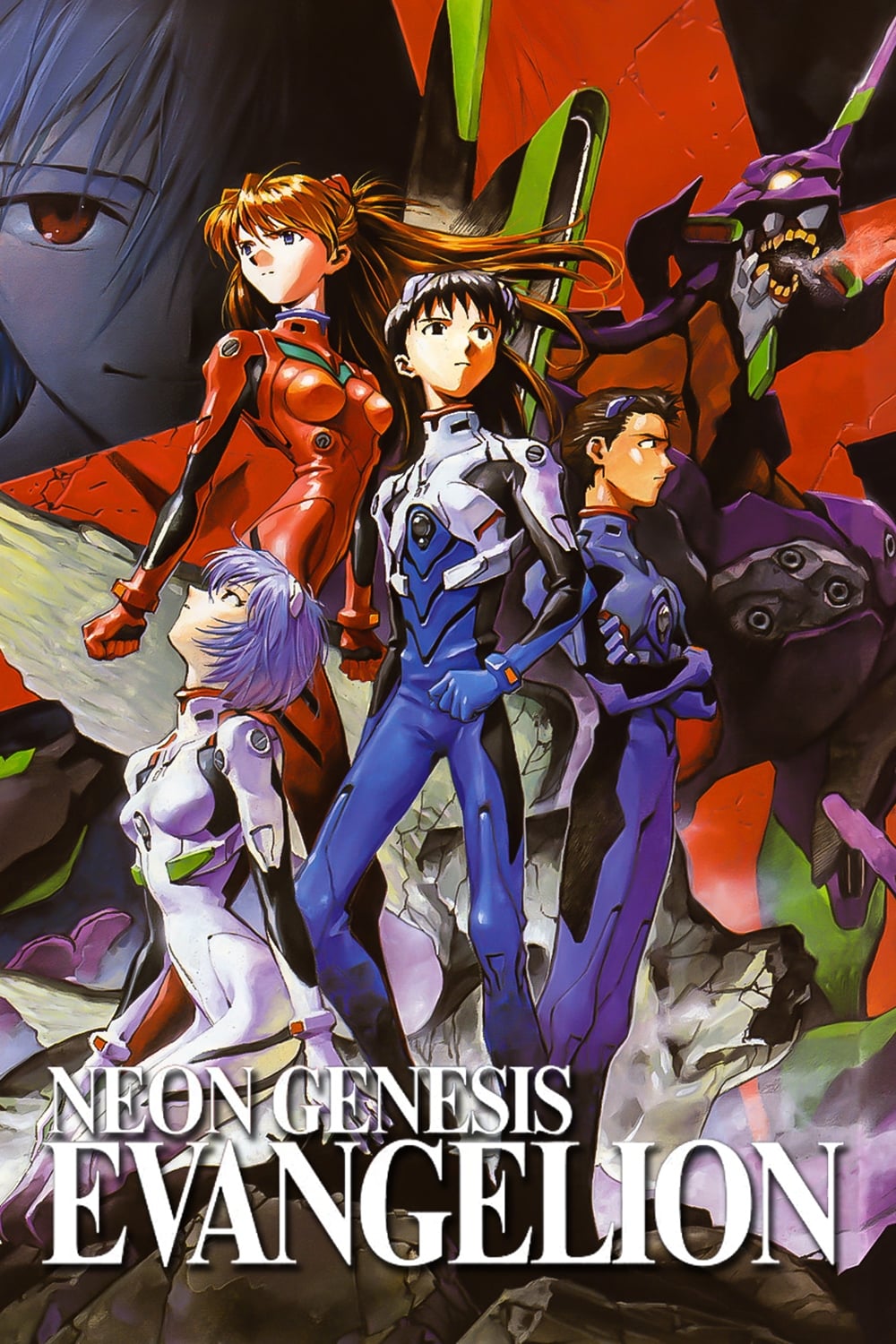
Young pilots connect with enormous, living machines to battle strange creatures known as Angels, all while a hidden group carries out complex, layered schemes. The series starts with exciting mecha battles, but then shifts its focus to the characters’ minds and symbolic religious imagery. Instead of typical action scenes, the show frequently uses inner thoughts, quick flashes of text, and scenes that look like storyboards.
The show reshapes why characters do what they do, and it challenges simple definitions of terms like “pilot” and “machine” by constantly redefining them. The later episodes move away from big, external conflicts and focus instead on the characters’ internal experiences, making the ending feel like a collection of memories and a process of self-reflection, almost like therapy. This unusual structure encourages viewers to really think about what’s happening, as the relationship between cause and effect is constantly changing and feels unstable for the characters.
‘Neon Genesis Evangelion: The End of Evangelion’ (1997)

The film reimagines the series’ finale, portraying it as both a large-scale disaster and a deeply personal experience. Action sequences from battles are interwoven with dreamlike moments, shifting between different film formats, real footage, and even rough sketches. The characters often seem aware they’re in a story, and the camera frequently focuses on empty areas to highlight what’s missing.
Instead of explaining things directly, Human Instrumentality uses images and symbols to convey its ideas. The film shows scenes that clash with each other and doesn’t try to resolve those conflicts. This works as both a continuation of the story and a challenge to it, making it hard to follow a clear, single plotline.
‘Paprika’ (2006)
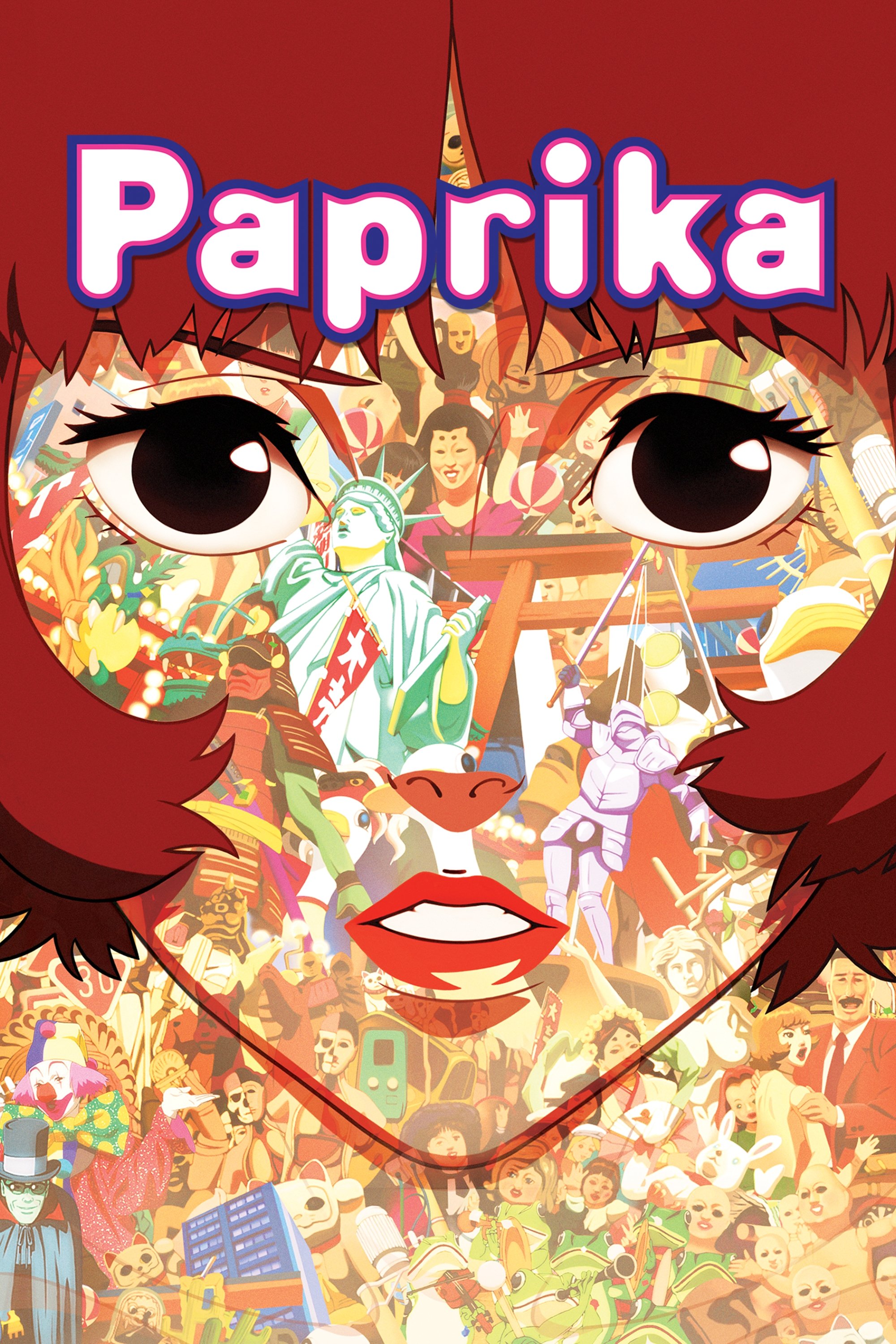
A research group is experimenting with a device that allows therapists to enter their patients’ dreams, causing a flood of dream imagery to spill over into their waking hours. The experience takes viewers on a journey through complex, layered dreams where objects and settings change unexpectedly during scenes. The editing deliberately disregards the normal rules of space and time, making it seem like characters can walk through screens and paintings as if they were doorways.
The film portrays identity as something easily changed, like putting on a costume. We often see the same character appearing as different versions of themselves, but acting consistently. Instead of straightforward explanations, the story unfolds through dreamlike sequences, and we understand the rules of this world through its visual style and pacing. The line between dreams and reality blurs until they both follow the same internal logic.
‘Mind Game’ (2004)
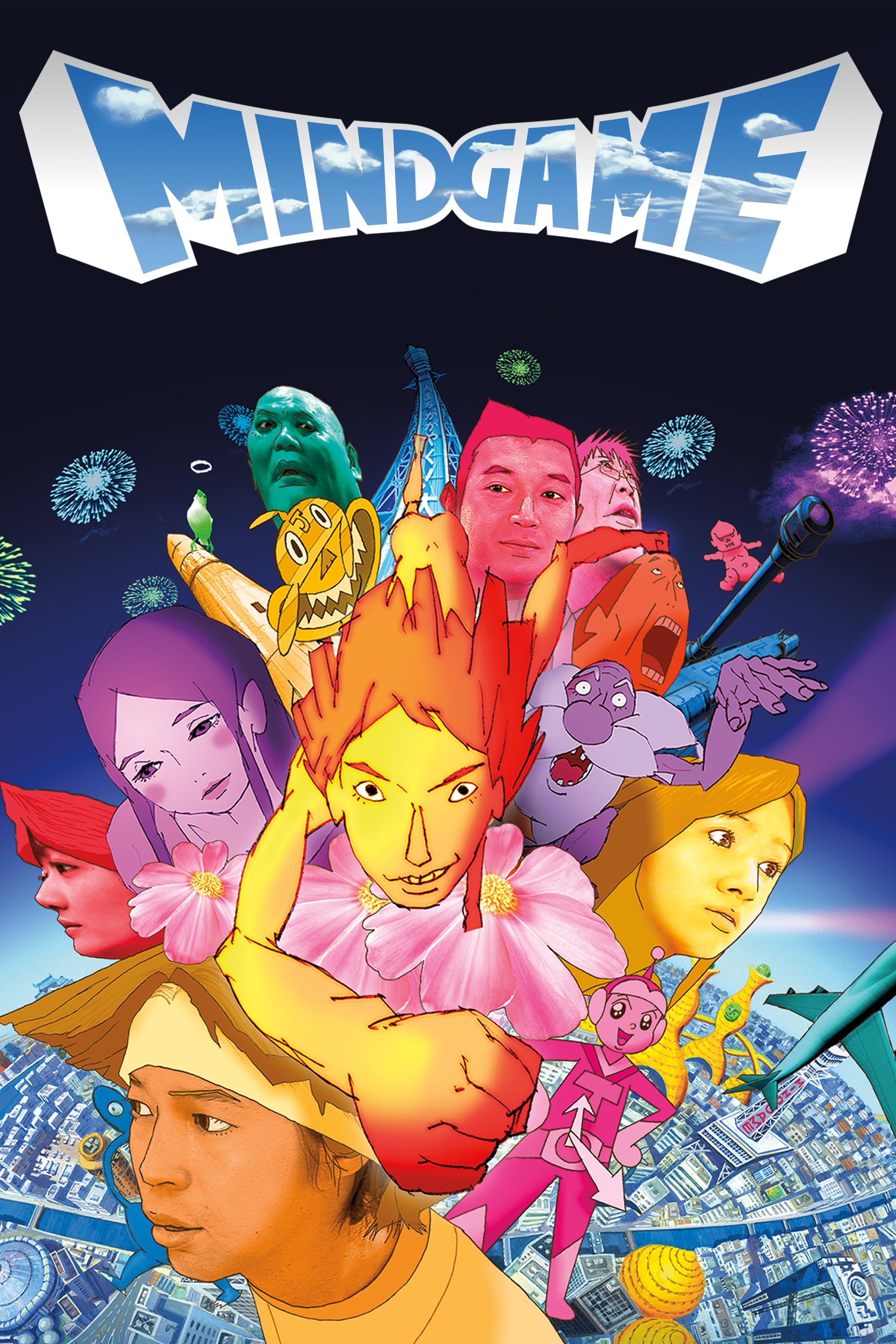
An unsuccessful artist is shot, then runs through a tunnel, has a confrontation with a powerful, god-like being, and ultimately returns to change his destiny. The film features constantly shifting character designs, changing them from scene to scene, and blends realistic rotoscoping animation with over-the-top cartoon styles. It also includes extended detours, following supporting characters for several minutes before returning to the central storyline.
Action scenes make brief moments feel epic and expansive, while also condensing long periods into just a few shots. The narrative uses death as an opportunity to creatively shift the story’s mood and pace. The story’s energy comes from bold, unexpected turns, not from consistent logic or established guidelines.
‘Angel’s Egg’ (1985)
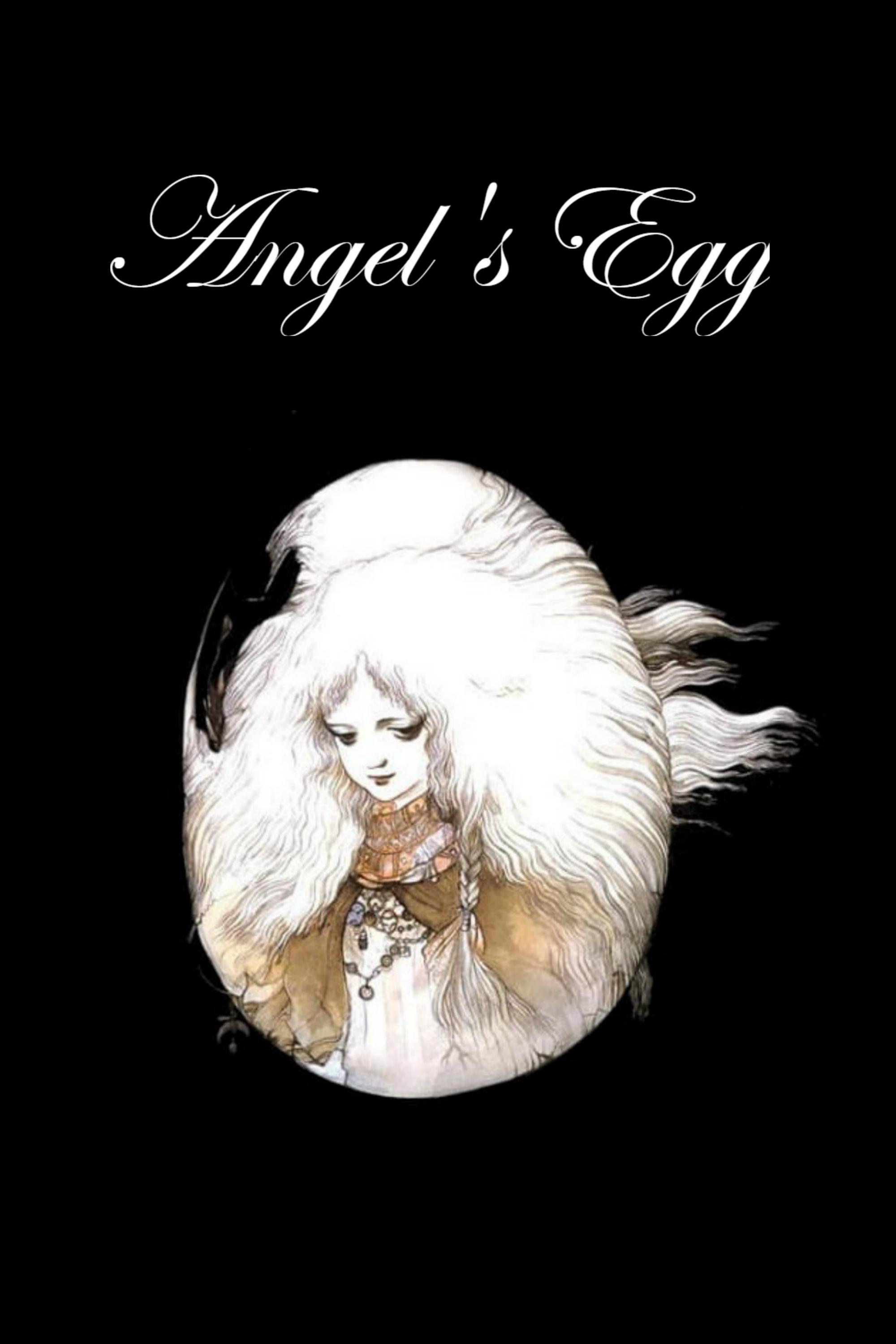
A young girl is tasked with protecting a large egg as she journeys through a city submerged in water, accompanied by a quiet soldier. The film relies heavily on visual storytelling, with very little spoken dialogue. Instead, it uses beautiful light filtering through stained glass, repeating images of fish, and the remnants of grand, cathedral-like buildings to convey its meaning. The film creates a sense that time isn’t moving forward, as the girl and soldier repeatedly pass the same streets, giving the impression they are stuck in a cycle.
Religious symbols are presented as a confusing arrangement, like a puzzle with no solution. The film observes ceremonies – things like carrying water and carefully protecting an egg – with a respectful and thoughtful approach, hinting at deeper significance but offering no direct answers. Instead of a traditional story with clear events, the film unfolds through atmosphere and recurring themes.
‘Paranoia Agent’ (2004)
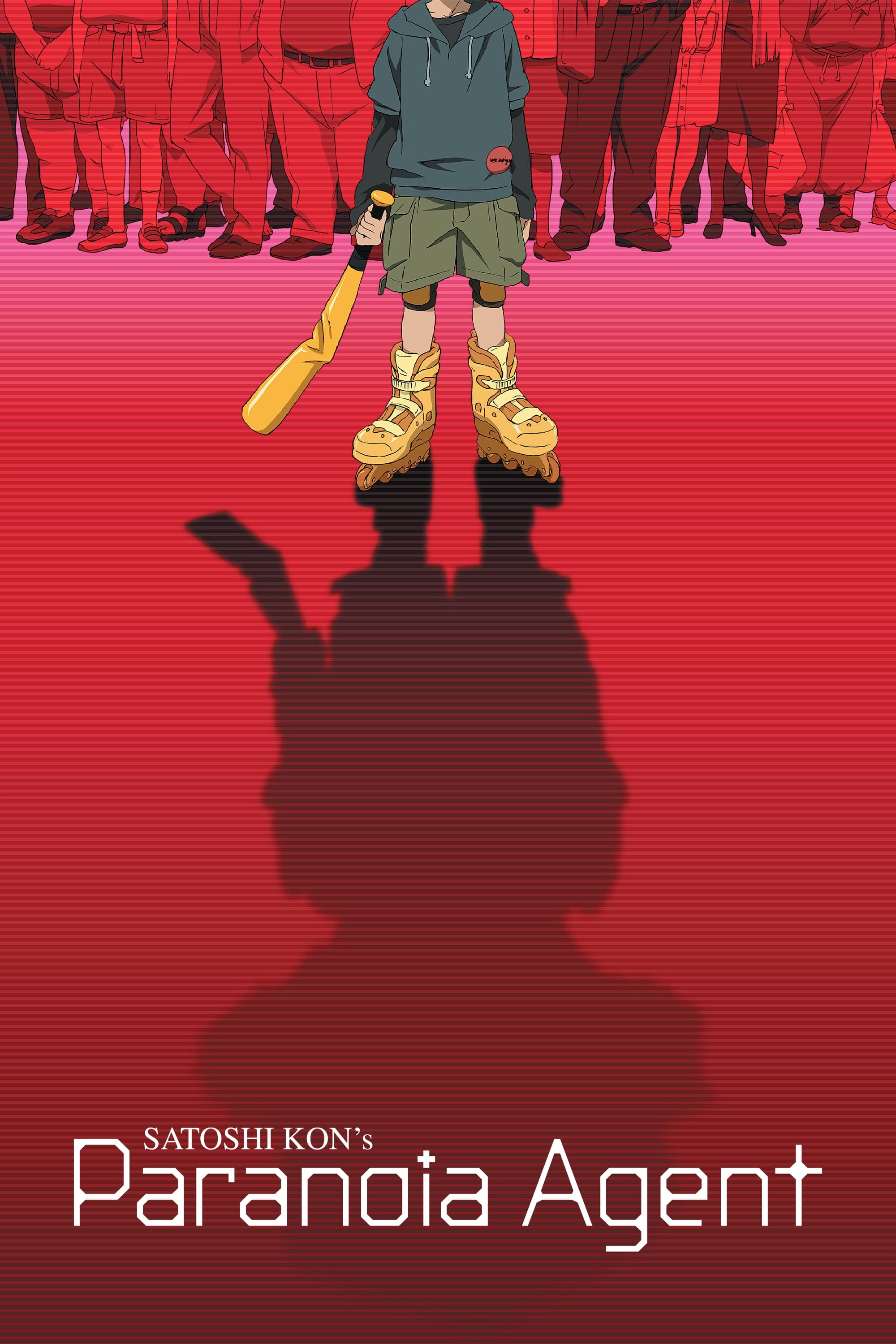
Stories began circulating about a boy who supposedly skates on gold, with different people claiming to have seen him around the time they were facing personal difficulties. Each episode focuses on a new main character and explores a different genre, but a small group of investigators continues to follow the case. The show deliberately leaves the boy’s true identity a mystery, presenting rumors and hearsay as if they were actual clues. It’s a unique approach to the mystery genre, keeping viewers guessing.
News reports, rumors, and online discussions now dictate what’s considered acceptable, effectively replacing older norms. This process mixes together stories, widespread anxieties, and how the media operates, creating a continuous cycle of influence. Ultimately, it becomes impossible to distinguish between individual experiences and shared beliefs.
‘Texhnolyze’ (2003)
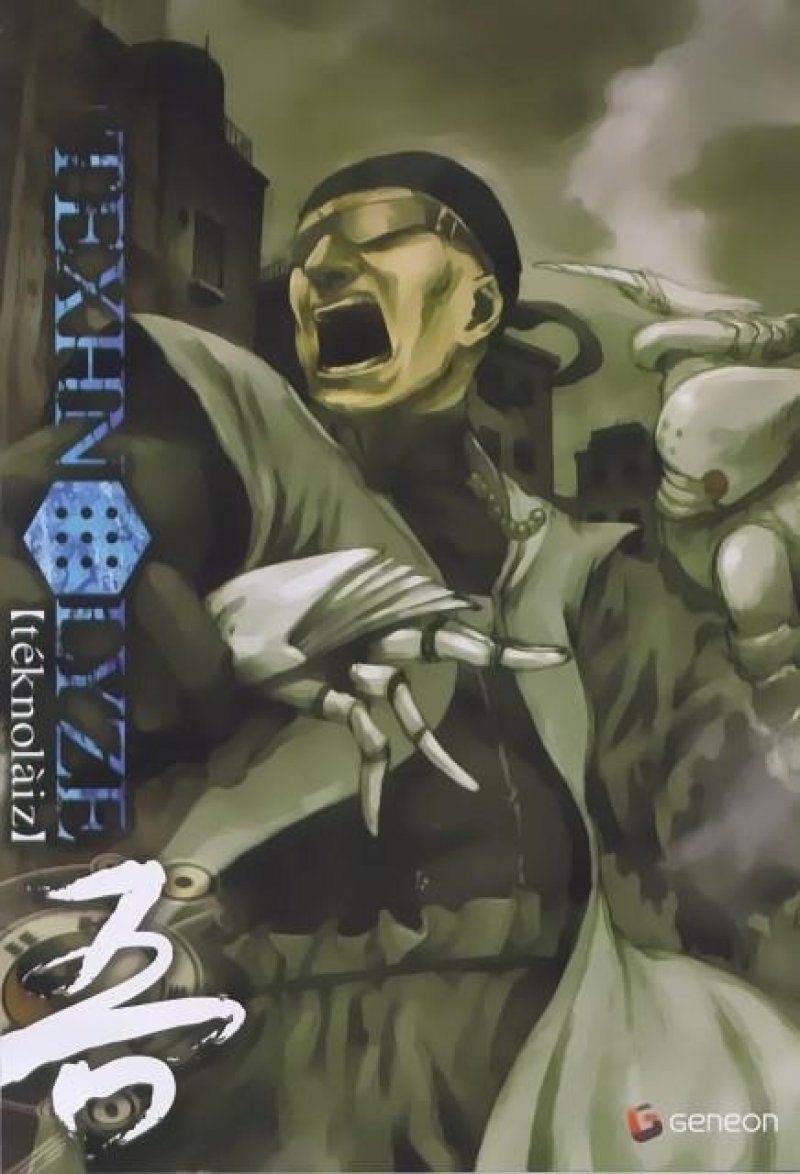
In a hidden city beneath the surface, a combatant endures the loss of limbs, replaced with prosthetic replacements, all while different groups drive society toward ruin. The initial episodes feature extended periods without spoken words, focusing on shadowy, industrial environments that make it difficult to see what’s happening. Various political groups exchange puzzling messages, seldom clearly stating their intentions.
Violence happens suddenly, without much explanation, and the fallout is felt by characters separate from those directly involved. The story’s world is revealed through its buildings and when the power goes out, rather than through lengthy explanations of the past. We understand how society works by watching who controls different areas and hallways.
‘Ergo Proxy’ (2006)
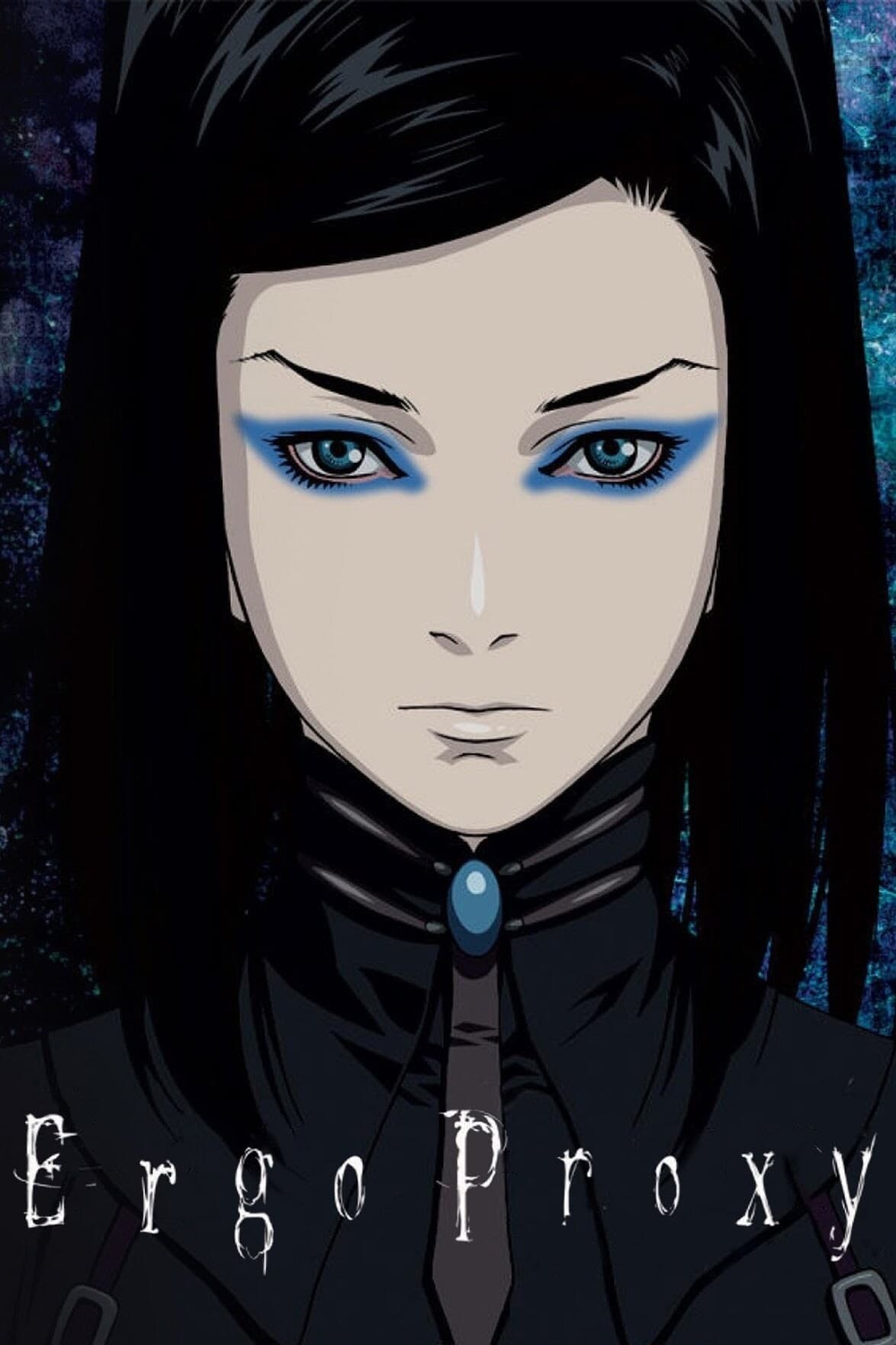
As a film buff, I recently stumbled upon this series set in a domed city where everything runs on androids and citizenship is heavily controlled. It’s a really intriguing premise, but things get even weirder when a mysterious figure starts haunting the streets. The detectives investigating aren’t just solving a crime, though; the case quickly spirals into these deep philosophical discussions about what it means to be a person and whether we even have free will. Honestly, it throws the traditional detective format for a loop! What’s *really* wild is how the show isn’t afraid to experiment. Episodes will completely change how they’re presented, and at one point, they literally turned the whole cast into quiz show contestants – all to deliver exposition! It’s definitely a unique viewing experience.
The show cleverly conceals important details within seemingly unimportant dialogue and visual elements. Leaving the protective dome causes a reevaluation of everything previously believed, as each community operates under its own unique set of laws. The storyline heavily uses memory loss and fabricated records, meaning every new piece of information is subject to change and shouldn’t be taken as definitive.
‘Revolutionary Girl Utena’ (1997–1998)
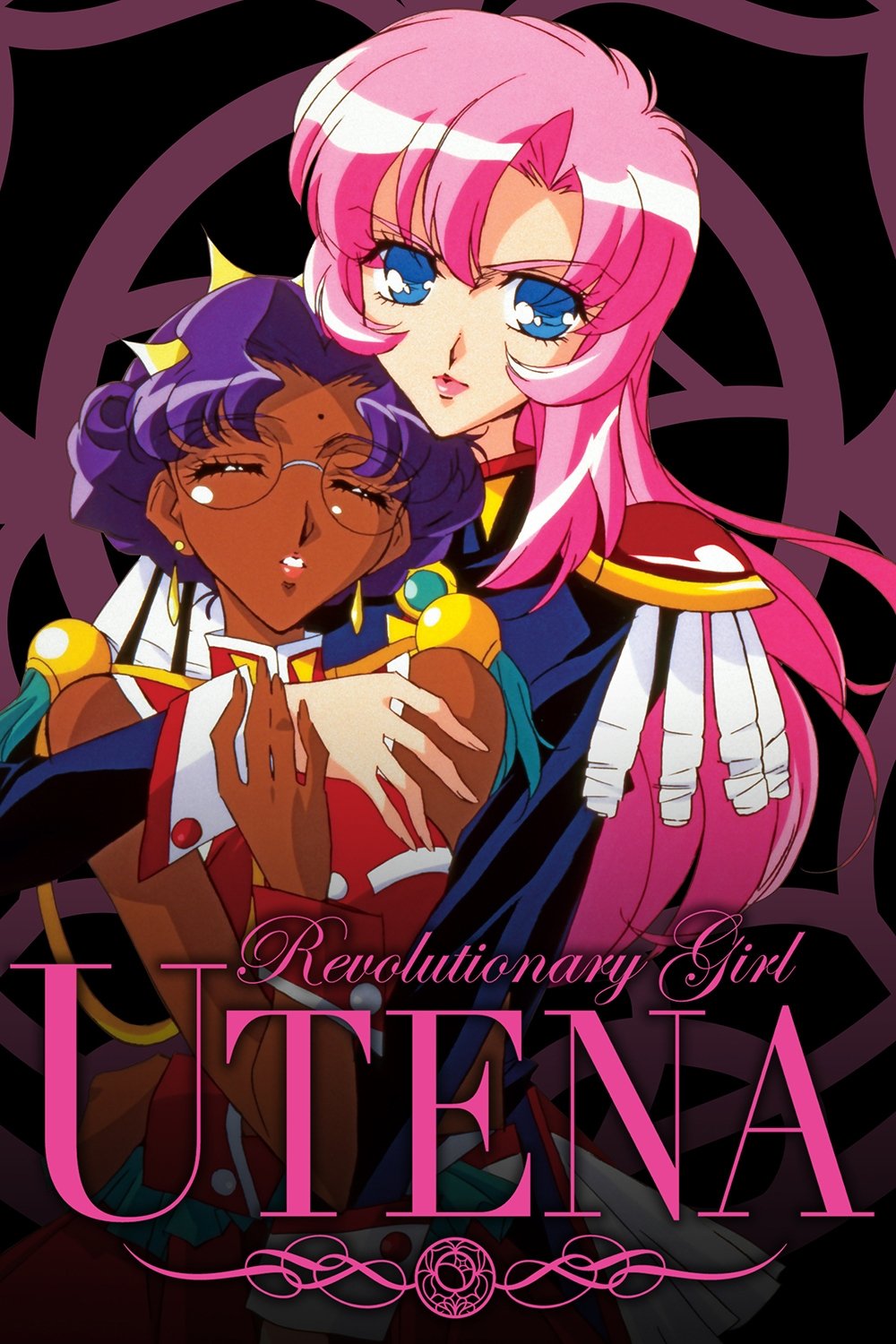
A student with dreams of becoming a prince participates in ceremonial duels to safeguard a fellow student called the Rose Bride. After each duel, the academy mysteriously resets, but retains faint echoes of what happened before. Corridors stretch and staircases twist into elaborate, stage-like sets, creating a repeating, theatrical experience-like watching a play unfold again and again.
The characters often speak in veiled language, and the show repeatedly uses symbols like coffins, cars, and roses to hint at patterns of power and longing. Flashbacks and dream sequences provide insights that sometimes challenge what we just saw. The school itself feels less like a real place and more like a legend that changes its story whenever anyone gets close to discovering the truth. This creates a sense of unease and mystery throughout the series.
‘Monogatari’ (2009)
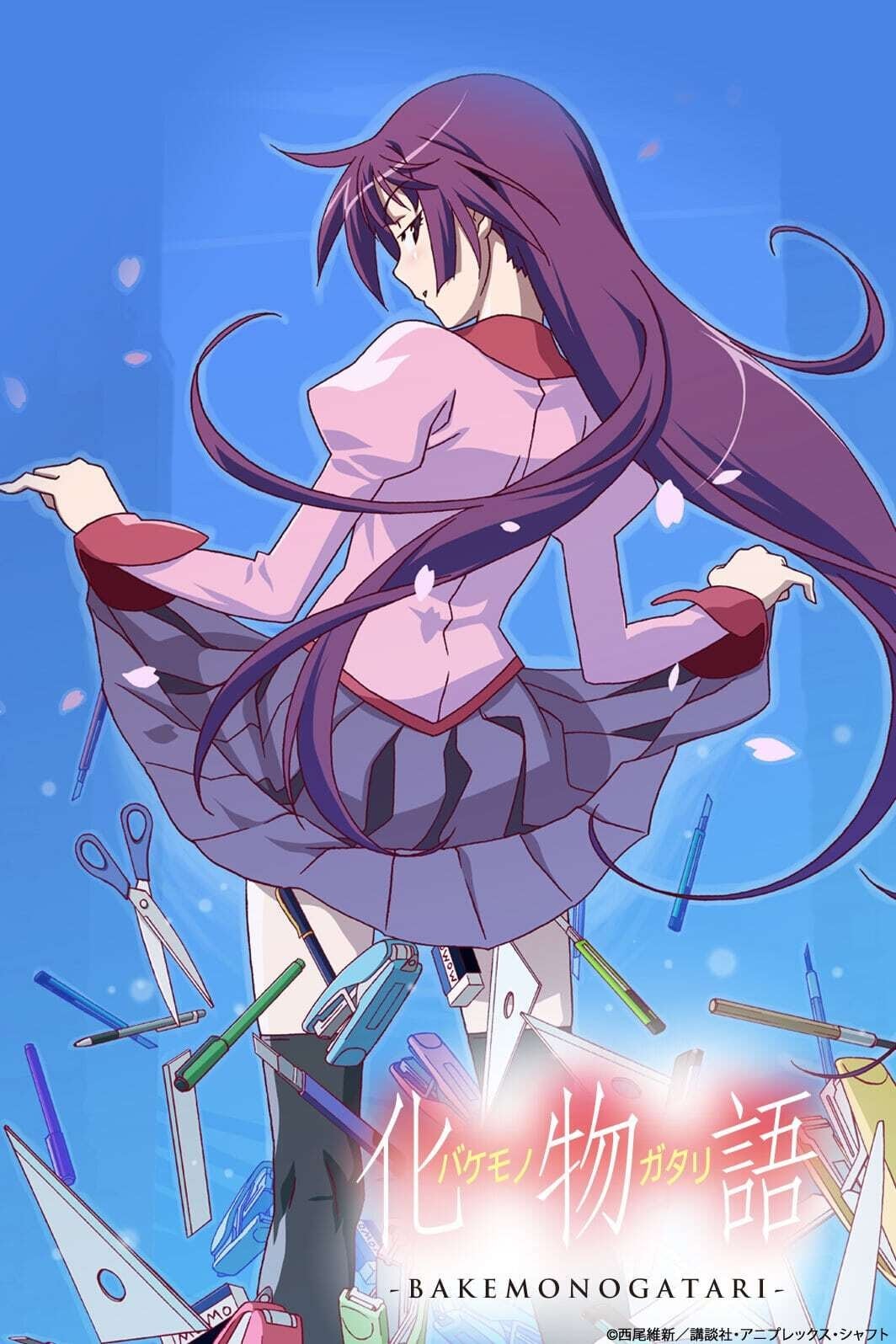
A teenage student dealing with strange happenings assists fellow classmates who are affected by supernatural problems linked to their feelings. The show features lengthy dialogues, shown with quick text on screen, clever use of language, and symbolic visuals instead of traditional action. The camera often focuses on isolated body parts and objects, presenting them as separate, meaningful images.
Each story arc reimagines the characteristics of its creatures, challenging the audience to quickly grasp new concepts. The timeline shifts between different holidays, and how characters speak to each other changes as their connections are renewed. Instead of relying on a constantly increasing level of action, the series creates meaning by revisiting familiar phrases and visual cues.
‘Kaiba’ (2008)
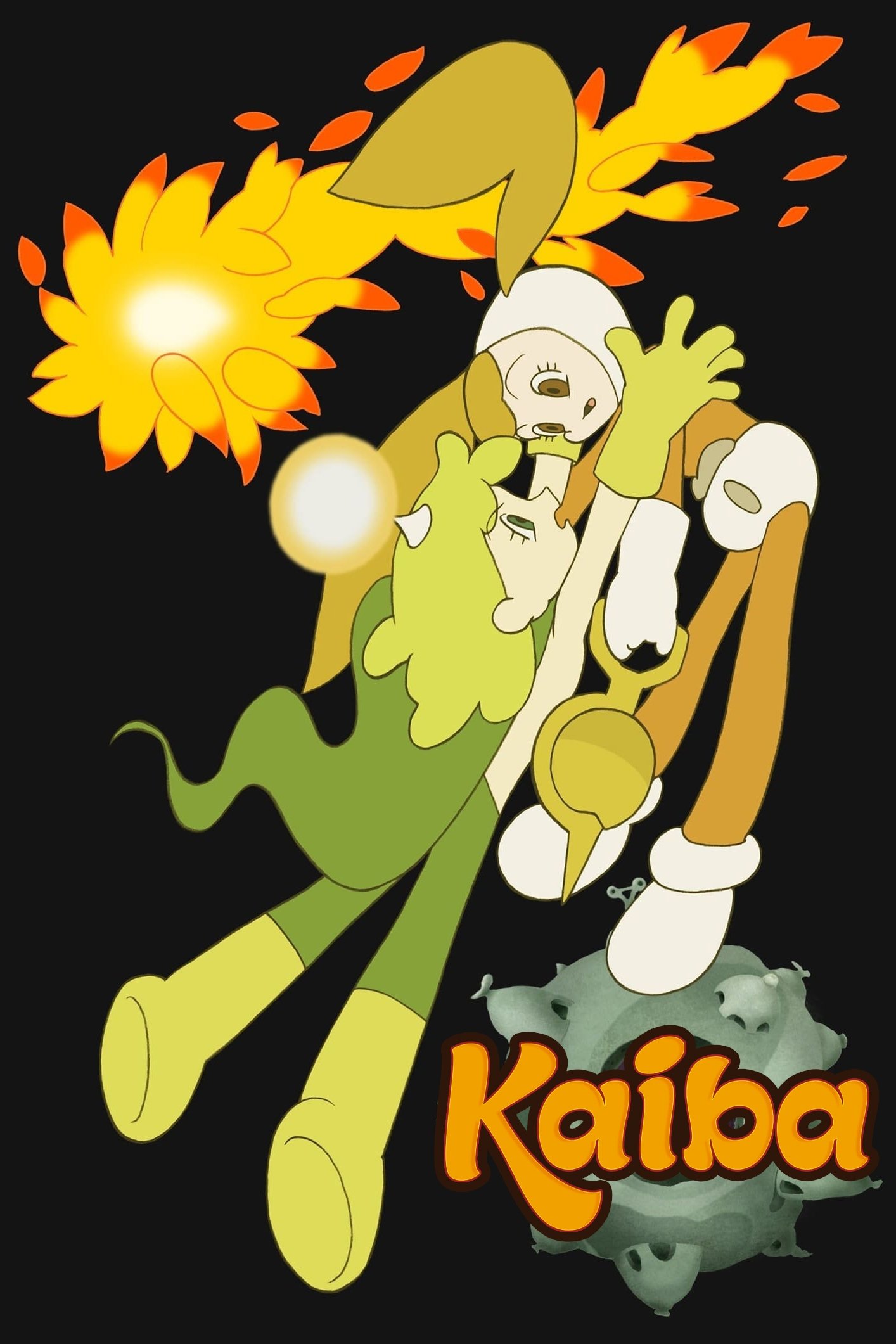
Memories are essentially data that can be transferred to different bodies, allowing people to change identities as easily as changing clothes. The show’s art style appears straightforward, but it actually explores complex themes of social class and what it means to be genuine. Each episode begins with a complete story on its own, which is later revealed to be connected to the larger narrative through altered memories.
Since bodies can be swapped, characters show up with different appearances and voices, yet still retain hints of who they once were. Hints about who they truly are are hidden in objects and scars that remain even after the swaps. The story moves forward as it’s revealed that events we thought happened to one person actually occurred in the lives of others.
‘Dead Leaves’ (2004)
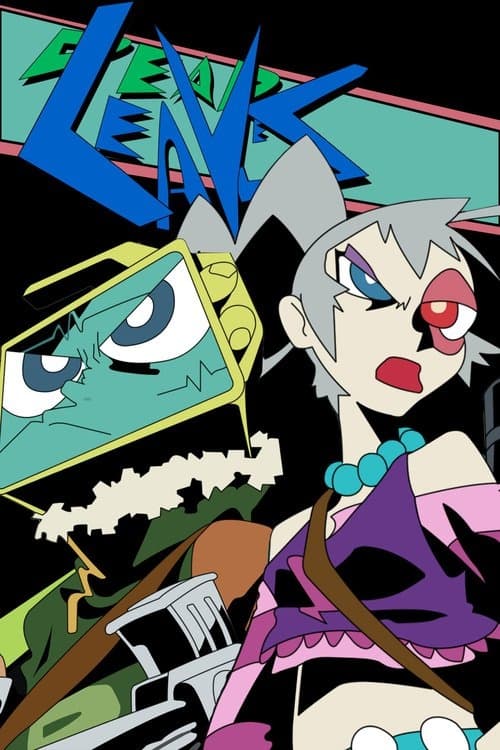
Two people with no memories suddenly find themselves on Earth. They steal a car and quickly travel to a prison constructed from the remains of a moon. The movie is incredibly fast-paced, filled with quick visual jokes and energetic fight scenes. The characters speak in short bursts, and the camera moves so rapidly it’s often difficult to understand where things are happening.
The histories of the characters are revealed during action sequences, changing our understanding of who is pursuing whom. The film prioritizes exciting moments over detailed explanations, meaning characters’ reasons for acting are often unclear. Scenes conclude with strong emotional beats, and the story is used to drive the action forward, rather than providing a clear plan.
‘Cat Soup’ (2001)
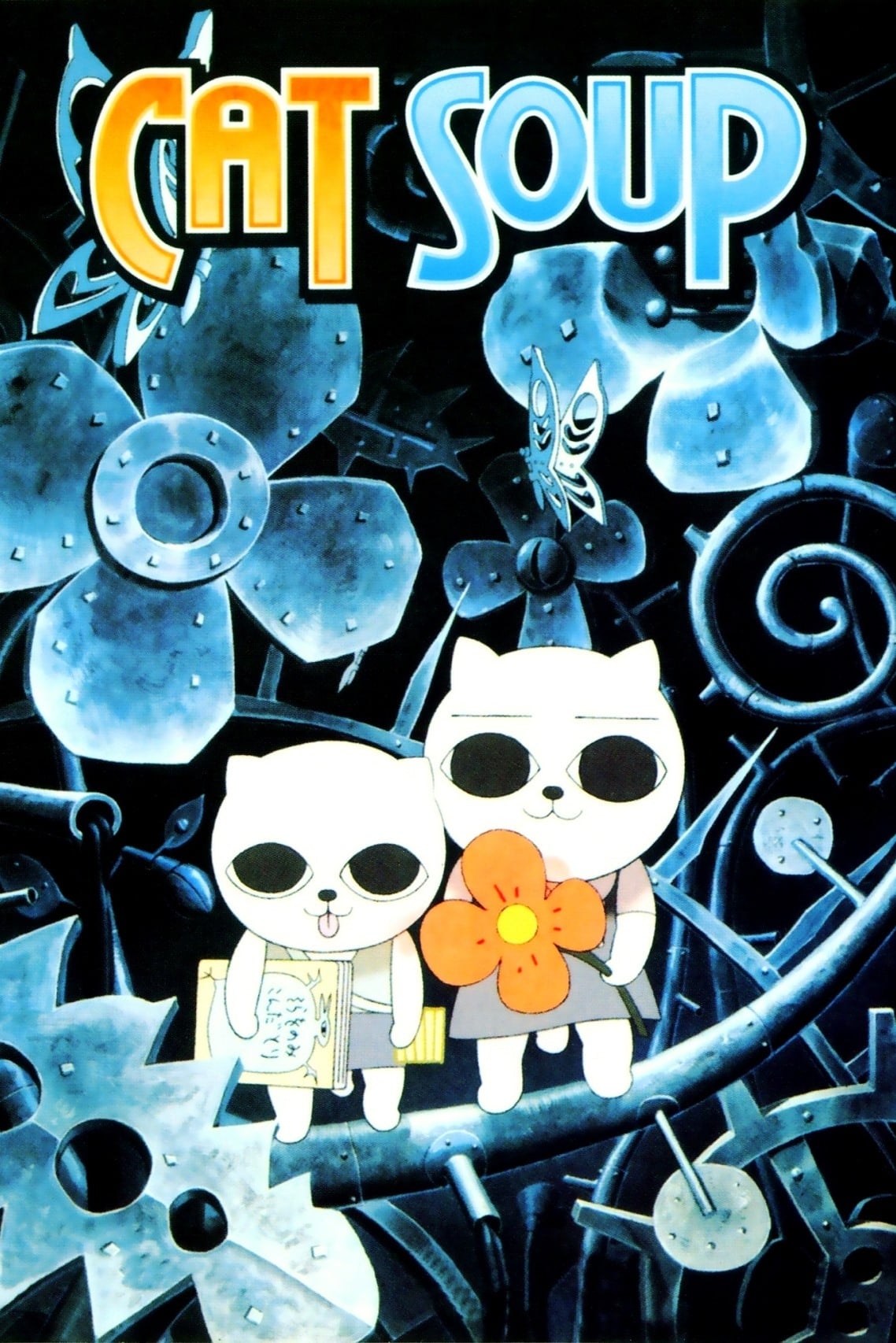
I recently saw this incredibly moving short film about a cat on a quest. It’s a really unique story – the cat journeys through these amazing landscapes made of paper oceans and these wonderfully bizarre, mechanical carnivals, all to find its sibling’s lost soul. What struck me most was how it was told. It relies almost entirely on pantomime, with hardly any spoken words, and the way it’s edited feels like flipping through a beautiful, illustrated dream. The director plays with perspective brilliantly; things change so suddenly that characters seem to grow or shrink depending on where they are. It’s a really disorienting, but in a good way, and adds to the dreamlike quality. Definitely one to watch if you’re looking for something different and emotionally resonant. It’s truly captivating.
Time isn’t fixed; moments can seemingly go backwards or stop, guided by an odd storyteller who might be imaginary. The narrative employs childlike imagery to explore deep, philosophical ideas within a lighthearted framework. Significant emotional moments are presented as tangible things that need to be repaired and reconnected.
‘Excel Saga’ (1999–2000)
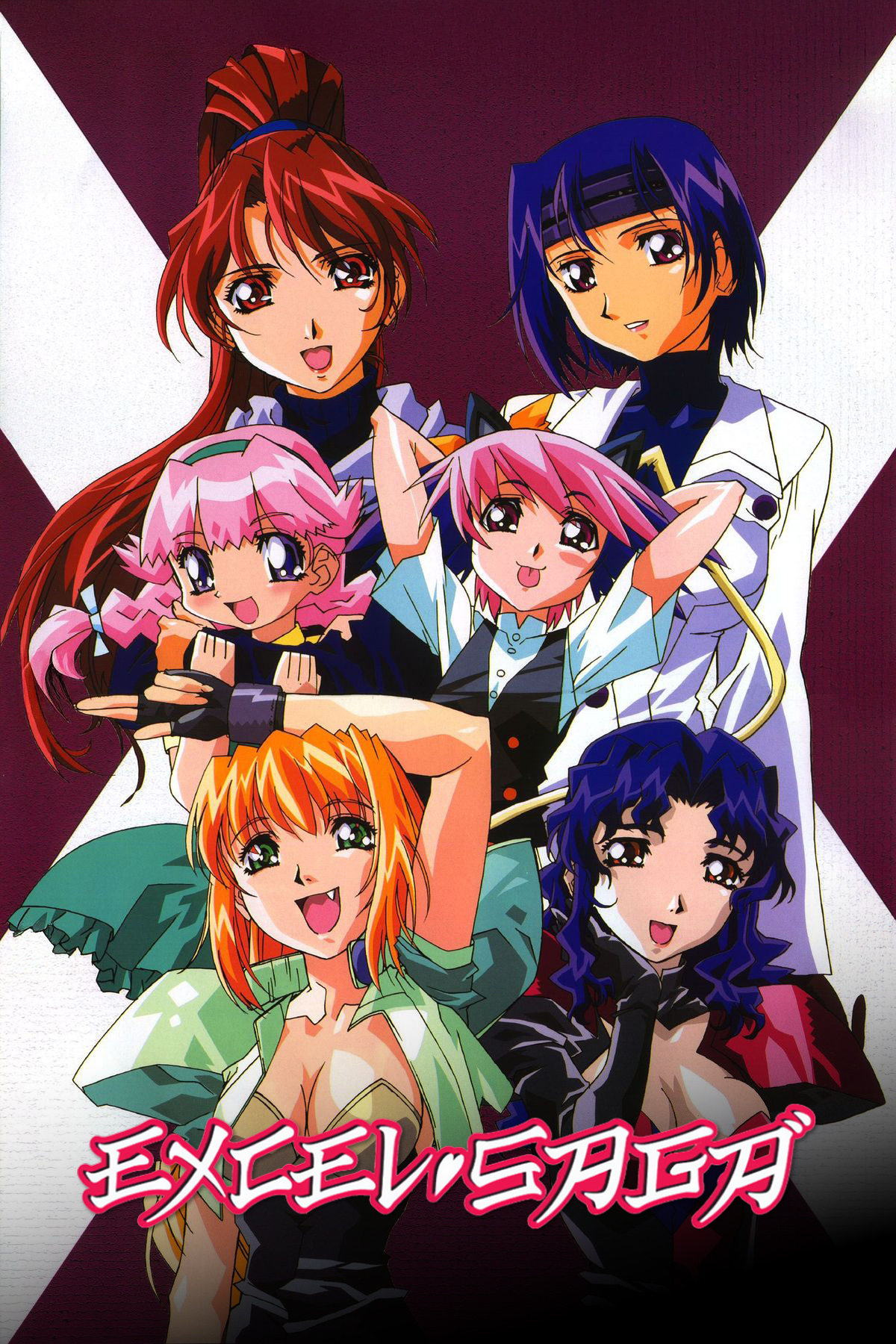
I’m absolutely captivated by this show! It centers around a totally chaotic secret organization that’s constantly trying to take over the city, but what *really* makes it special is that each episode feels like a loving parody of a different genre. It’s brilliantly unpredictable! What’s even more unique is how the show breaks the fourth wall – there’s even an on-screen comics creator who essentially gives the ‘okay’ for all their wild experiments. Honestly, the storylines can jump around a lot – they’ll abandon plots mid-way through, and characters just… reappear after seemingly being written off! It’s wonderfully bizarre and makes for a truly unforgettable viewing experience. You can find more information here.
As a big fan of long-running shows, I’ve noticed how running jokes build up over time, creating this amazing sense of continuity – it’s like the show almost forgets what it was like at the beginning! It’s really clever how the series seems to treat broadcast standards as challenges, turning them into funny, self-aware censorship gags. But honestly, it sometimes leads to a bit of a messy structure. It feels like a patchwork of different styles, and the tone or how much is at stake can really jump around from episode to episode. It’s not always consistent, but I still find it totally engaging. You get used to it, and it’s part of the charm, really. I’ve even seen fans debate the show’s continuity online, which is always fun!
‘Pop Team Epic’ (2018–2019)

Every episode features the same sketches, but with different voice actors performing them, effectively doubling the length while altering how they’re presented. The show includes fake trailers, segments resembling broken video games, and live-action scenes that don’t seem connected to the two main characters. Even the credits and title cards are rearranged as part of the humor.
The show playfully imitates everything from popular idol competitions to highly-regarded dramatic series, and it’s packed with references. Even if viewers don’t get a particular reference, something unusual still occurs, making the show understandable even as it moves away from traditional storylines. It works much like a variety show, where the structure itself is the joke.
‘Kill la Kill’ (2013–2014)

A new student arrives at an academy and begins investigating the mystery surrounding her father. At this school, the uniforms aren’t just clothes – they give students superhuman abilities. The rules of combat are constantly changing, with each episode bringing something new. School clubs take everyday hobbies and turn them into powerful fighting styles. The way students transform, the importance of what they wear, and the school’s social structure all work together in complex ways, constantly evolving and reshaping themselves.
Episodes readily unveil both tournaments and dramatic shifts, only to quickly move on to the next development. Costume designs use visual symbolism to convey story details that are only subtly suggested in the dialogue. The storytelling prioritizes grand displays as a core element of its structure, causing logical consistency to sometimes take a backseat to impressive staging.
‘Sarazanmai’ (2019)

Three students are transformed into kappa and tasked with gathering desires from zombie-like creatures. They need these desires to collect special dishes that can grant wishes. Each week features a similar musical battle, but with slight changes that reveal new clues. The show portrays connections between characters using objects – such as boxes, plates, and phones – that are passed between them.
I’ve been thinking about this story, and it’s fascinating how the flashbacks aren’t just memories – they’re showing me how everything is connected. What initially seemed like small things, like shoplifting, aren’t isolated incidents, but pieces of a much larger, complicated network of obligations and past actions. It’s a really interesting idea that desire and shame aren’t necessarily *part* of a person, but things that can actually be taken from or given to others. And it’s not just about solving a mystery; the story suggests that moving forward requires a kind of synchronized effort, like everyone needs to be in step, almost like a dance, as much as it does good detective work.
‘The Melancholy of Haruhi Suzumiya’ (2006–2009)

A club president with the power to subtly alter reality pulls their classmates into perplexing events that don’t follow a normal timeline. The show’s episodes were presented out of order, resulting in several different ways to experience the story. The well-known loop replays a summer storyline with episodes that are almost the same, differing only in small details. This creates a confusing experience for viewers.
Hints are frequently found within seemingly normal school happenings. The performance utilizes storytelling by having a student recount events he doesn’t fully grasp, presenting significant events through everyday observations. A sense of normalcy is only restored when the group participates in rituals, the importance of which remains uncertain.
I’m genuinely curious – what anime has completely blown your mind? Seriously, which series just messed with your head in the best way possible? And more importantly, tell me about those scenes – the ones that are just stuck on repeat in your brain, you know, living rent-free? I want to hear all about it in the comments! Let’s share those mind-bending moments and see what anime really stuck with everyone.
Read More
- Bitcoin’s Ballet: Will the Bull Pirouette or Stumble? 💃🐂
- Can the Stock Market Defy Logic and Achieve a Third Consecutive 20% Gain?
- Dogecoin’s Big Yawn: Musk’s X Money Launch Leaves Market Unimpressed 🐕💸
- Deepfake Drama Alert: Crypto’s New Nemesis Is Your AI Twin! 🧠💸
- LINK’s Tumble: A Tale of Woe, Wraiths, and Wrapped Assets 🌉💸
- SentinelOne’s Sisyphean Siege: A Study in Cybersecurity Hubris
- Binance’s $5M Bounty: Snitch or Be Scammed! 😈💰
- Ethereum’s $140M Buy: Will It Save Us? 😱
- ADA: 20% Drop or 50% Rally? 🚀💸 #CryptoCrisisComedy
- Unbelievable News: Brazil’s B3 Stock Exchange to Unveil a Stablecoin Next Year!
2025-10-01 01:49